Categories
-
 New products (339)
New products (339) -
 Discounts (166)
Discounts (166) -
 Sale (71)
Sale (71) -
 Measurement accessories (268)
Measurement accessories (268) -
 Passive, active, waveguide RF components (25)
Passive, active, waveguide RF components (25) -
 Vibration analysers (2)
Vibration analysers (2) -
 Logic analyzers (9)
Logic analyzers (9) -
 Spectrum Analyzers and EMC (224)
Spectrum Analyzers and EMC (224) -
 Automatic testing devices (6)
Automatic testing devices (6) -
 Luminous flux tests (2)
Luminous flux tests (2) -
 CNC (1)
CNC (1) -
 Generators and frequency meters (97)
Generators and frequency meters (97) -
 Calibration systems (7)
Calibration systems (7) -
 Inspection cameras and thermovision (49)
Inspection cameras and thermovision (49) -
 Workshop lamps (14)
Workshop lamps (14) -
 Soldering irons and accessories (170)
Soldering irons and accessories (170) -
 Electronic loads - other producers (385)
Electronic loads - other producers (385) -
 Multimetry i mierniki (292)
Multimetry i mierniki (292) -
 Workshop tools (2)
Workshop tools (2) -
 Slide resistors and decades (29)
Slide resistors and decades (29) -
 Oscilloscopes and recorders (141)
Oscilloscopes and recorders (141) -
 Refractometers (1)
Refractometers (1) -
 Calibration systems, patterns (4)
Calibration systems, patterns (4) -
 Telecommunication (34)
Telecommunication (34) -
 Battery testers (4)
Battery testers (4) -
 Device and cable testers (86)
Device and cable testers (86) -
 Transformers in the housing (11)
Transformers in the housing (11) -
 RF power amplifiers (38)
RF power amplifiers (38) -
 Time patterns (1)
Time patterns (1) -
 Power supplies of high power (255)
Power supplies of high power (255) -
 Laboratory power supplies (286)
Laboratory power supplies (286) -
 Educational sets (34)
Educational sets (34) -
 Laboratory furnitures (3)
Laboratory furnitures (3) -
 Źródła mierzące (6)
Źródła mierzące (6) -
 Zasilacze DC (537)
Zasilacze DC (537) -
 Zasilacze AC (114)
Zasilacze AC (114) -
 Mierniki mocy (4)
Mierniki mocy (4) -
 Testery akumulatorów (5)
Testery akumulatorów (5) -
 Systemy testujące (15)
Systemy testujące (15) -
 Oprogramowanie, opcje i akcesoria (14)
Oprogramowanie, opcje i akcesoria (14)
News
Chroma 66205 30A power meter
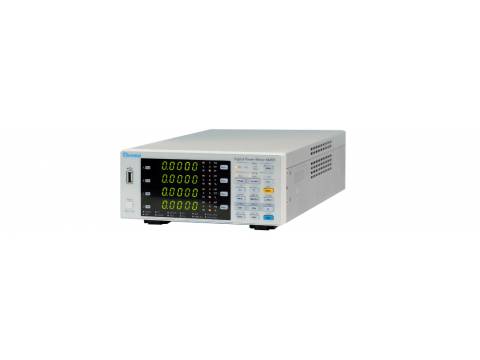
Description
66205 is the 2nd generation of the 66200 series power meter specifically designed for single channel measurement. Its state-of-the-art design is capable of providing highly accurate power measurements to meet IEC 62301 / EN50564 standards. The 66205's functionality enhancements increase power measurement capabilities for a wider range of applications.
Compliant with IEC 62301 / Energy Star> 3 kHz power measurement frequency bandwidth requirements (Filter on)
Cycle-based measurement, 1.5 s smoothing filter, grouping settings are preferred for harmonic measurement requirements according to IEC 61000-4-7
Harmonic distortion and total harmonics functions are standard, not additional options .
- Voltage ranges: 15/30/60/150/300/600 Vrms1200Vrms(optional)
- Current ranges: 0.005 / 0.02 / 0.05 /0.2 / 0.3 / 0.5 / 2/5/20/30 Arms
- Maximum sampling frequency up to 250 kHz
- Capable of measuring in accordance with IEC 61000-4-7
- Complies with ENERGY STAR / EN 50564 / IEC 62301
- USB (Host) interface provides data logging
- Supports GPIB, USB, RS232, LAN (optional)
Measurement parameters
The 66205 power meter is capable of providing the following reliable and accurate measurement parameters:Vrms, Vpeak +, Vpeak-, V_harmonic, V_THD, CFV (Crest Factor Voltage), Irms, Ipeak +, Ipeak-, I_harmonic, I_THD, Is (Inrush Current), CFI (Crest Factor Current), W, VA, VAR, PF, Freq_V, Freq_I, Wh, Ah, º (phase step).
Parameter measurement method : uninterrupted continuous moving window averages the measurements of voltage and current parameters in a time frame. Note: the time frame setting is equivalent to the data update rate x AVG number setting.

Linear filter function
The line filter is a digital low-pass filter with a high attenuation ratio of ≥70dB. When the line filter is enabled, the measured value will not contain high-frequency content, such as high-frequency noise in the switching converter. There are three sets of line filters with cutoff frequencies available on the 66205: OFF, 500 Hz and 5.5 kHz. The line filter with a cutoff frequency of 5.5 kHz complies with IEC 61000-3-2 international standards, and it is recommended to enable this filter when measuring harmonics.
Harmonic measurement function (IEC mode)
The 66205 is designed to meet the harmonic measurement requirements of IEC 61000-4-7. In IEC harmonic measurement mode, it allows the user to obtain a THD measurement result consistent with that of high-end power analyzers complying with IEC 61000-4-7.
Inrush current measurement function
The 66205 power meter has a built-in inrush current (Is) measurement function. Users can set the current level to trigger the measurement starting point. Users can also use an external TTL signal to trigger the inrush current measurement through the control I/O signal port on the back of the unit. The delay parameter can help users bypass the B peak value after the A trigger point. The T parameter allows users to set a preset time period to measure the peak value at a preset time (T).
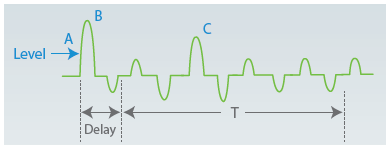




















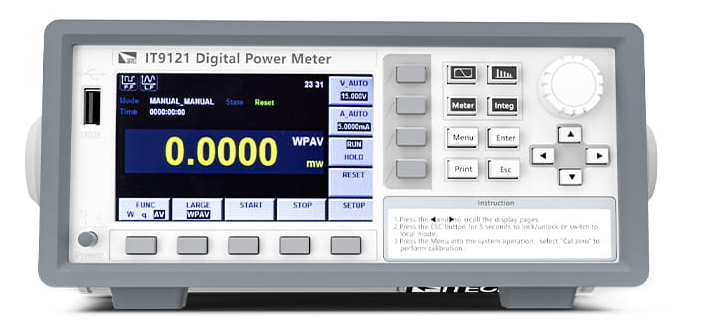

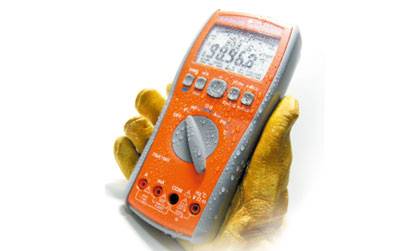





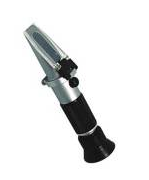
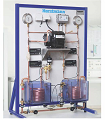





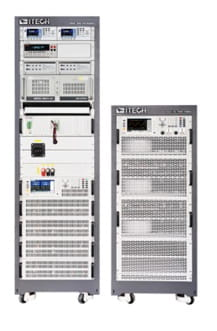

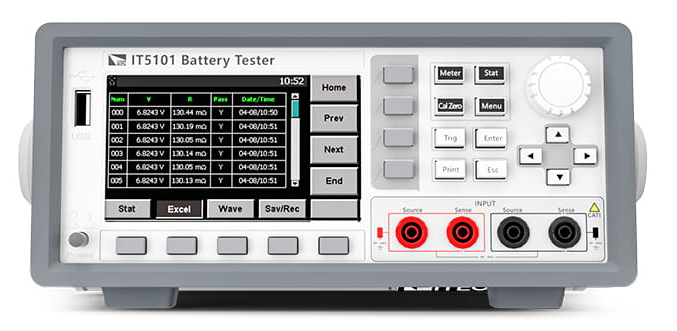


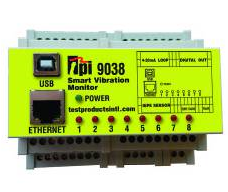




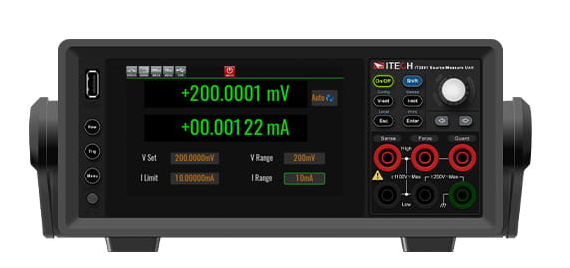














































































 kamery do kanalizacji i rurociągów (24)
kamery do kanalizacji i rurociągów (24)  kamery do kanalizacji i rurociągów (3)
kamery do kanalizacji i rurociągów (3)  teleskopowe (3)
teleskopowe (3)  do kominów (2)
do kominów (2) 

